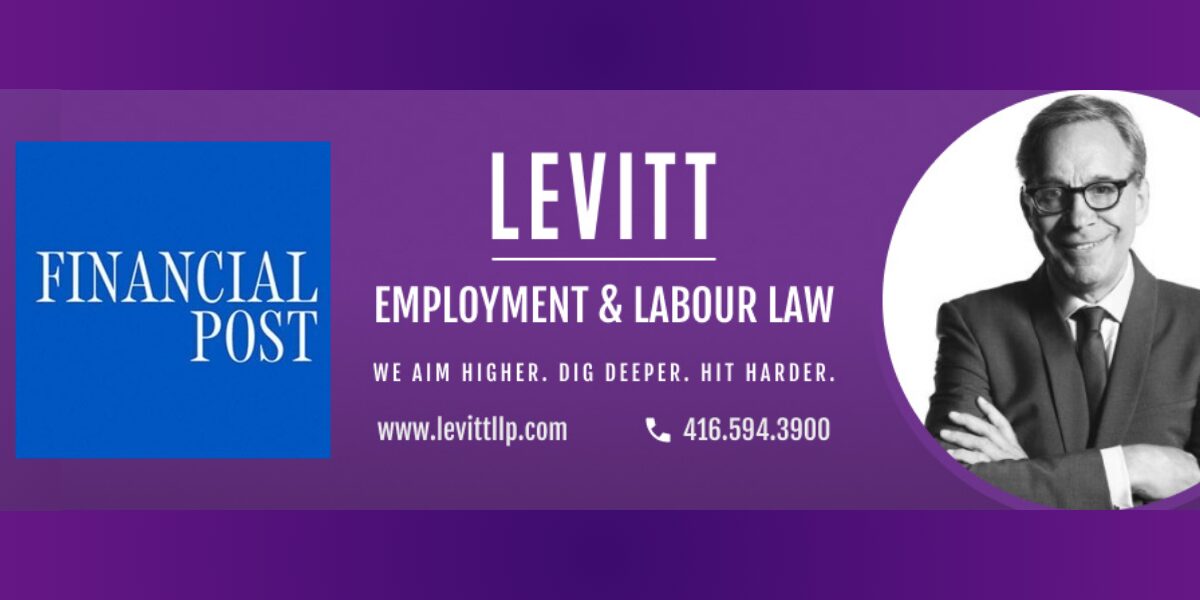By Howard Levitt and Alexis Lemajic
Beware the subtle signs of an organizing drive and what employers can do about it
Five Starbucks Corp. locations in Ontario ratified their first collective agreements over the last three weeks, and we wonder how long it will be before employees join their U.S. counterparts who struck just days ago to protest the company’s new dress code.
Such labour disruptions can ruin more than your morning coffee. The standoff and last-minute agreement between Air Canada and its pilots in September had many rebooking their flights in a panic. And the Canada Post strike in November delayed delivery of important mail and wreaked havoc on holiday shopping. Now strike action is underway or looming once again for both of these employers.
Unionized workplaces have been declining in Canada since the 1980s, and for the majority (around 70 per cent) of Canadian workers who operate union-free, the disruptions can be confusing and infuriating. Their employers may be thinking “thank goodness it hasn’t happened to us.” But it could.
With the cost of living skyrocketing and Canadians desperate for job security, organizing drives have become a real concern — however illusory the benefits may be for the affected employees.Article content
Here are some of the ways employers can spot an organizing drive and what they can (and cannot) do about them.
Some signs your employees may be organizing include:
- Increased frustration and dissatisfaction, with overall lower workplace morale and higher turnover
- Subtle changes in workplace patterns and behaviours, such as groups of employees suddenly falling silent when management approaches, or employees with no previous rapport spotted together. Employees may increasingly call in sick, delay production or take excessive breaks
- Increased questions about employment terms and benefits, such as wages or company policies
- A rise in complaints (including accusations of favouritism or maltreatment) and questioning authority
- Visible flyers and other pro-union propaganda and paraphernalia
In each of these circumstances, employers have the right to set rules, discipline insubordinate employees and monitor performance to ensure smooth operations. Unfortunately, this can fuel the illusion that employees “have it better” with union protection through “strength in numbers.”
What employees seemingly forget is that they will lose their own voice to the greater “collective” (pun intended) and remain subject to the often illogical or impractical whims of policies and procedures imposed by the union.
Worse yet, job protection means that less helpful or unproductive employees — even malicious ones who “game the system” by working little, banking excessive benefits and exploiting policies like paid sick or short-term disability leave — remain employed for years to come.
Instead, a proactive approach in these situations is always best. Positive employee relations, established in part by competitive wages and benefits as well as fair and respectful treatment of employees, go a long way in deterring certification. More importantly, this approach is more likely to keep employers compliant with labour law.
Canadian labour laws prohibit “unfair labour practices” (ULPs), which restrict the employer from interfering with unions. Accordingly, employers must never threaten to layoff, fire, interrogate or spy on employees amid an organizing campaign. Additionally, they cannot make promises to employees in exchange for voting against certification or discriminate or retaliate against those who vote in favour.
So, what can employers lawfully do to prevent potential certification without committing a ULP?
Management should be available to discuss employee concerns. This can include holding townhall meetings (where attendance is voluntary) and providing suggestion boxes or a formal complaint process. Encouraging transparency is crucial. Employers cannot spread anti-union animus, but they have no obligation to (and in fact, should not) share employee contact information with union organizers without their permission.
The company may also consider improvements to wages or benefits. Salary increases across the board may be excessive, but introducing enhancements to overall working conditions can improve morale. These might include reforming workplace policies, enhancing training programs or leveraging technology to streamline production.
Employers should provide management with talking points to answer anticipated questions about unionization and can outline challenges associated with union membership (e.g., union dues, seniority- rather than merit-driven compensation, etc.) — as long as they do not unduly influence workers.
Employers are never impervious to the unionization of their employees, but promoting positive workplace relations and watching for early signs of an organizing drive will keep them one step ahead of the game without crossing the (picket) line.

